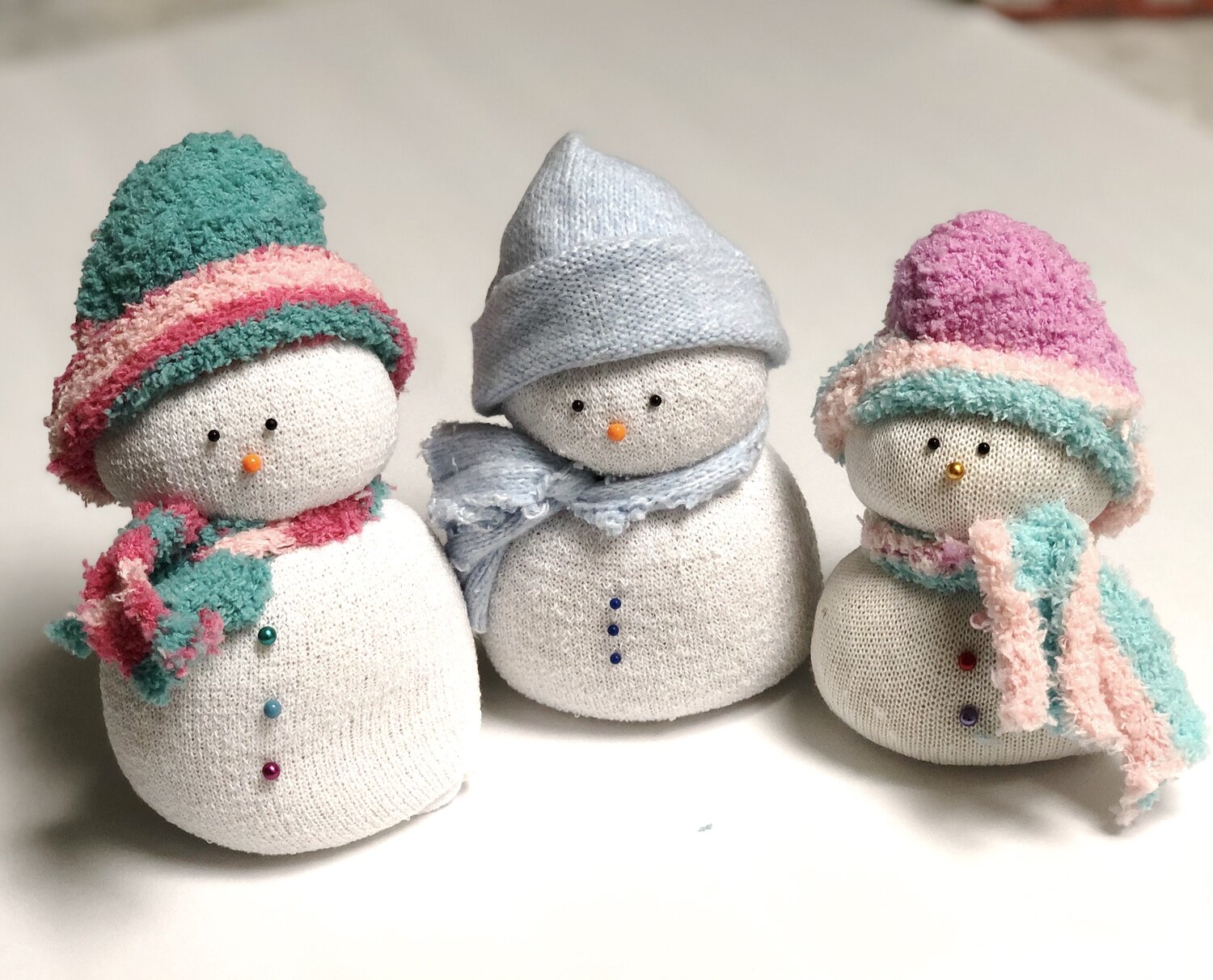
And just like that, another winter holiday break has come and gone. The majority of us educators have successfully avoided our Stage 5 clinger principals and have prided ourselves on ignoring the incessant inner voice that tells us to start lesson planning.
But heeeere's Johnny! Whether we like it or not, it's business time yet again.

As we feel dysregulated coming back from the break, it's crucial that we empathize with our primary students as well. It’s almost certain that at least part of their core routines, eating habits, socialization, bedtime & mental health have all been offset by the winter break too.
Beyond being understanding that our students are not going to be on the same page in terms or readiness, excitement or energy, our biggest investment in social-emotional learning will be how we reinforce expectations.
At home & school, routines drive purpose, understanding, character education and confidence.
The process of reviewing rules is tragically and unequivocally dull though, isn’t it?
So without further ado, here are 4 easy ways that you make class expectations fun, meaningful and motivating to prepare (without sacrificing that valuable holiday time).
- Introduce a Social Skills Snowman (SSS) / class mascot.

Co-constructing a class buddy (like this snowman), can offer many SEL benefits to your K-2 classroom community.
Try the following:
❄ Have the SSS appear at the carpet as a non-verbal cue that it's time to sit at the carpet for calendar time, morning meeting, story time, etc. You won't believe how quickly they come!
❄ Have your SSS available as a tool at your Calm Down Corner to talk to when students need to feel grounded.
❄ Have your SSS "write letters" to be delivered each morning meeting to the students that cover specific needs to foster listening with empathy (e.g., think emotional regulation, growth mindset, relationship-building and conflict resolution).
❄ Host a "SNOW grateful for" community circle before hectic transitions.
❄ Students who were caught being kind can have the SSS to sit beside their desk for the period.
We have also done this year-round, but with the characters from Inside Out (e.g., Anger, Sadness, Fear, Joy or Disgust). Each emotion takes turns writing letters about how they are feeling and ask the class how they can co-regulate to a calm state.

The benefits:
➝ Flexibility & equity: You can highlight a conflict resolution strategy or social skill that your students have been struggling with, in a way which is empowering and not demoralizing.
➝ Increased motivation: I have seen 30 Kindergarten students come in right away and sit anxiously at the carpet awaiting their chance to peek in the mailbox to see what our message of the day will be.
➝ Differentiation: Students who do not normally gravitate to the writing table cannot wait for their chance to write a letter back to their new pal.
- Social Skills Review Snowball Fight

Co-write social scenarios on half sheets of paper that your students have struggled with at the beginning of the year up until the break.
Examples could be:
My friend won’t stop talking to me on the carpet. What should I do?
I lined up but someone squeezed in line in front of me. What should I do?
I feel left out at recess. What should I do?
Then, scrunch up the paper into a paper ball and have students throw it around the classroom. One by one they will open the social snowball that landed close to them, and read the scenario. This will open up the floor to discussions to find collaborative solutions that you can turn into an anchor chart.
The benefits:
➝ We are providing a safe environment to explore authentic problems that our students may be struggling to overcome.
- Cool Community Circles
Community circles are one of my favorite parts of the morning. We each sit down on the carpet to establish an equal, safe, setting and come up with a prompt to answer one-by-one.
Topics might include: body checks, how we are feeling, what we are grateful for, how we have shown random acts of kindness, how we will make the world a better place, etc.
Our expectations are usually:
- Only the person who is holding the speaker power may share at that time
- Listen with our eyes, ears and heart
- Right to pass
- No put downs
We typically spend time during the first week of school co-creating a large speaker power (a tactile object to hold) for our classmates to pass around the circle (we have done this as a STEM challenge and use a variety of craft materials to build a character).
However, since COVID regulations, it is just easier that everyone has their own speaker power. They should lie them on the carpet in front of them when it isn't their turn, and then pick them up when it is.
The benefits:
➝ It's very likely that our students have had to fight to be heard over the roar of family gatherings. This activity will support active listening skills.
Co-creating a speaker power/ talking stick is a fantastic way of engaging your group to take it seriously. Here are some Speaker Snowman ideas:

I am also digging this sock snowman from Studio Artbeat check out the simple process here!

4. Review Rules through Coloring
Acronyms will take the ew out of review. Click here to grab your set of posters and a coloring book to support classroom expectations all year round.

5. Make Room for Mindfulness
I could have never imagined that this little YouTube breathing video for kids could be so loved! If you haven't already, try some snowball breaths with your little ones as a proactive behavior management strategy.

Remember: If a student does lash out, become withdrawn, or feel upset, don’t take it personally. Instead, ask yourself if they are overstimulated, need more time, more love, a different method of communicating, or a rest.




